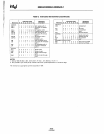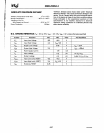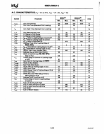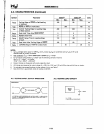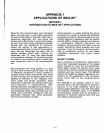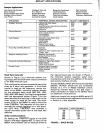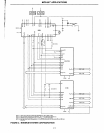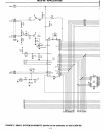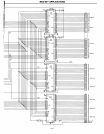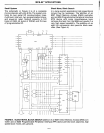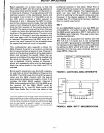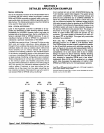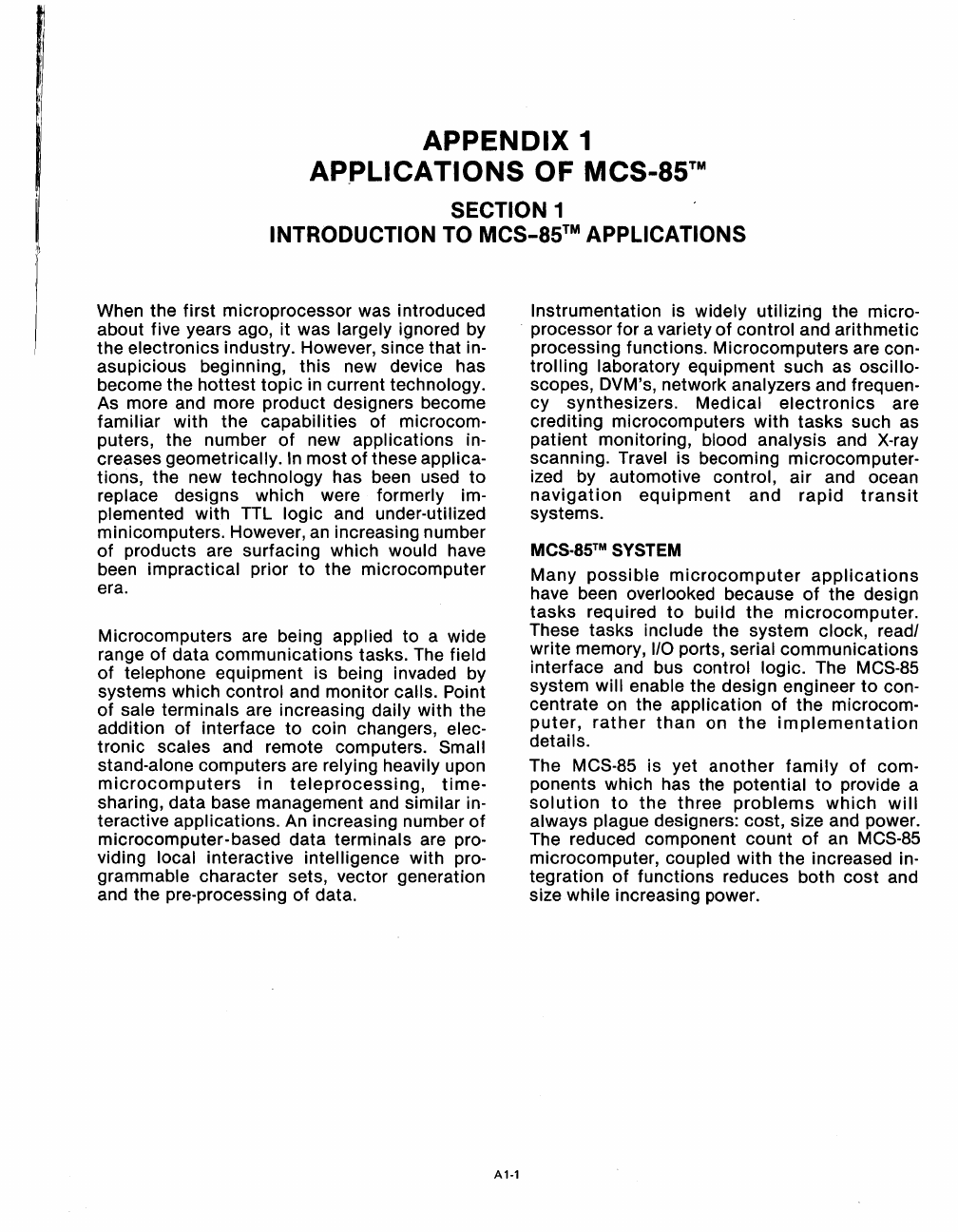
APPENDIX 1
AP.PLICATIONS OF MCS-85™
SECTION 1
INTRODUCTION TO MCS-85™ APPLICATIONS
When the first microprocessor was introduced
about five years ago, it was
largely ignored by
the
electronics industry. However, since that in-
asupicious beginning,
this
new device has
become the hottest
topic
in current technology.
As more and more product designers become
familiar with the capabilities of microcom-
puters, the number
of
new applications in-
creases geometrically. In most
of
these applica-
tions, the new technology has been used
to
replace designs which were formerly im-
plemented
with TTL logic and under-utilized
minicomputers. However,
an
increasing number
of
products are surfacing which would have
been
impractical prior
to
the microcomputer
era.
Microcomputers are being
applied
to
a wide
range of data communications tasks. The
field
of
telephone equipment is being invaded by
systems which
control and monitor calls. Point
of
sale terminals are increasing daily with the
addition
of
interface
to
coin changers, elec-
tronic scales and remote computers. Small
stand-alone
computers are relying heavily upon
microcomputers
in
teleprocessing,
time-
sharing, data base management and similar in-
teractive applications. An increasing number
of
microcomputer-based data terminals are pro-
viding local interactive intelligence with pro-
grammable
character sets, vector generation
and the pre-processing
of
data.
A1-1
Instrumentation is widely utilizing the micro-
processor for a variety
of
control and arithmetic
processing functions. Microcomputers are
con-
trolling laboratory
equipment such as oscillo-
scopes, DVM's, network analyzers and frequen-
cy synthesizers. Medical
electronics
are
crediting microcomputers
with
tasks such as
patient monitoring,
blood analysis and X-ray
scanning.
Travel is becoming microcomputer-
ized by automotive
control,
air
and ocean
navigation
equipment
and
rapid
transit
systems.
MeS-85™ SYSTEM
Many
possible
microcomputer
applications
have been overlooked because
of
the design
tasks
required
to
build
the
microcomputer.
These tasks include the system clock, readl
write memory,
110
ports, serial communications
interface and bus
control logic. The MCS-85
system
will enable the design engineer
to
con-
centrate on the application
of
the microcom-
puter,
rather
than
on
the
implementation
details.
The MCS-85 is yet
another
family
of
com-
ponents which has the potential
to
provide a
solution
to
the
three
problems
which
will
always plague designers: cost, size and power.
The reduced component
count
of
an MCS·85
microcomputer, coupled
with
the increased in-
tegration
of
functions reduces both
cost
and
size
while increasing power.



